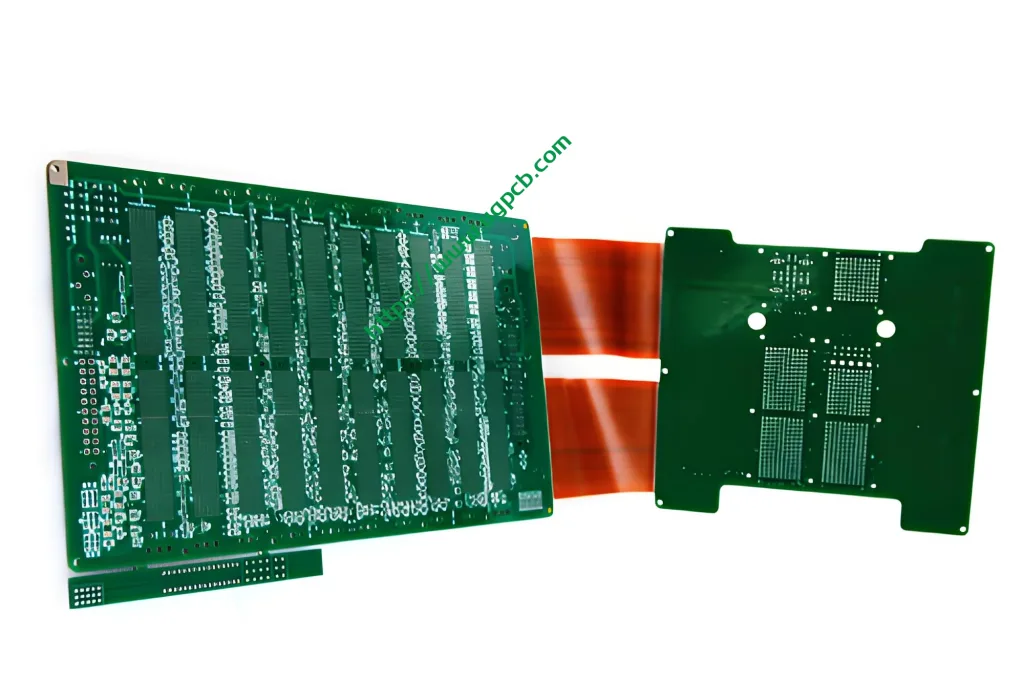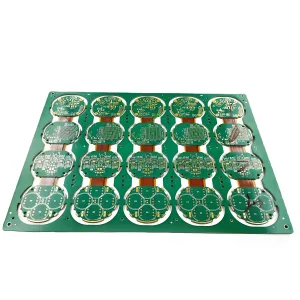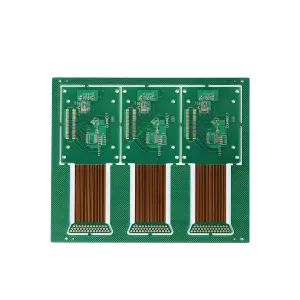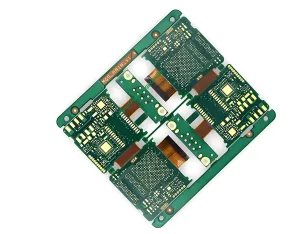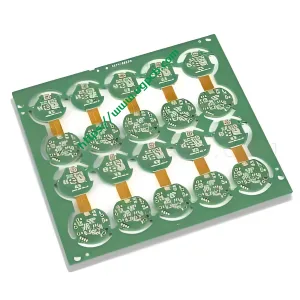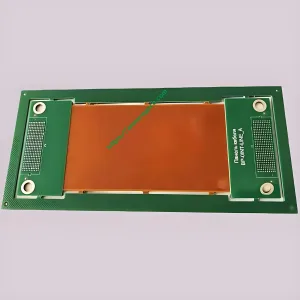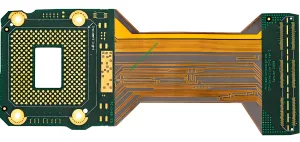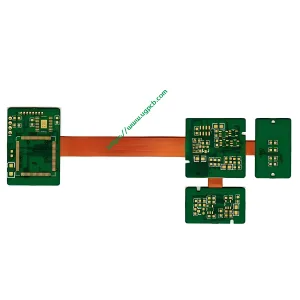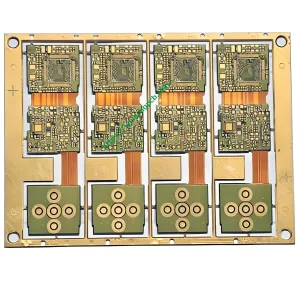Overview of Rigid-Flex PCB Prototype Fabrication
PCB and FPC are two characteristics of the rigid-flex PCB prototype fabrication, which can be folded, bent, reduce space, and weld complex components. Ao mesmo tempo, compared with the flat wire, it has a longer service life, more reliable stability, and is not easy to break, oxidize, or fall off. It is very helpful to improve product performance.
Definition of Rigid-Flex PCB
Rigid-Flex PCB Prototype Fabrication
Rigid Flex PCB is the combination of FPC and PCB board. It is a circuit board (PCB) formed by the combination of a thin layer FPC bottom layer and rigid PCB bottom layer, and then laminated into a single component. Rigid Flex PCB has changed the traditional plane design concept and expanded to the three-dimensional space concept, which brings great convenience and challenges to product design.
Advantages of Rigid-Flex PCB
Enhanced Performance and Stability
Designers of rigid Flex PCB can use a single component to replace the composite printed circuit board (PCB) composed of multiple connectors, vários cabos, and ribbon cables, which has stronger performance and higher stability. Ao mesmo tempo, the scope of design is limited to one component, and the available space is optimized by bending and folding the circuit like a paper folding swan.
Multilayer Structure
Rigid Flex PCB is a kind of multilayer printed circuit board (PCB), which has both rigid PCB layer and FPC layer. A typical four-layer rigid Flex PCB has a polyimide (PI) core with copper foils on both sides. The external rigid PCB layer is composed of single-sided FR4, which are laminated into both sides of the FPC core to form a multilayer PCB.
Processing Time and Cost
Rigid Flex PCB is widely used, but due to the mixed use of a variety of PCB materials and multiple manufacturing steps, the processing time of rigid Flex PCB is longer, and the manufacturing cost is higher. When making multilayer rigid Flex PCB, the processing technology of the FPC layer is different from that of the external FR4 layer. Layers made of different materials must be laminated together before drilling and electroplating. Portanto, the time of making a typical four-layer rigid Flex PCB may be 5 para 7 times longer than that of making a standard four-layer rigid PCB.
Application Scope of Rigid-Flex PCB
The application scope of rigid Flex PCB mainly includes aerospace, such as high-end aircraft mounted weapon navigation systems, equipamento médico avançado, câmeras digitais, portable cameras, and high-quality MP3 players. Rigid Flex PCB is most commonly used in manufacturing military aircraft and medical equipment. Rigid Flex PCB brings great benefits to the design of military aircraft because it can improve connection reliability and reduce weight simultaneously. Claro, the benefits from the overall size cannot be ignored.
Cost-Effectiveness of Rigid-Flex PCB
Although the cost of rigid Flex PCB is more expensive than traditional rigid PCB, fornece uma solução ideal para o projeto. It is the interconnection of FPC substrates rather than the connection equipment of multiple PCBs that is the key to reducing occupied space and weight, which is exactly what many designs need.
Customized Circuits and Space Optimization
Rigid Flex PCB is flexible and foldable, so it can be used to make customized circuits to maximize the use of indoor available space. With this, the space occupied by the whole system is reduced. The overall cost of rigid Flex PCB will be relatively high, mas com a maturidade e desenvolvimento contínuos da indústria, o custo geral continuará a diminuir. Portanto, it will be more cost-effective and competitive.
 LOGOTIPO UGPCB
LOGOTIPO UGPCB

